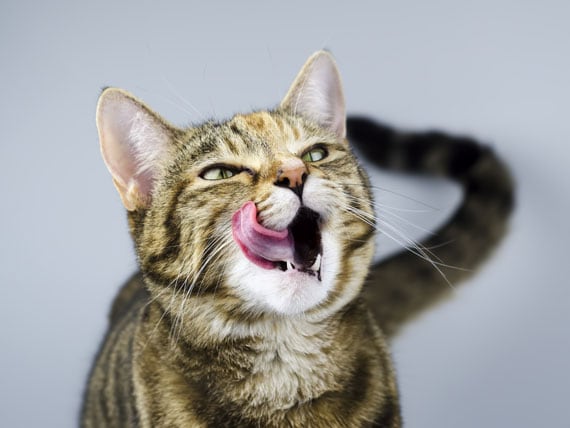
A specialised blood test to evaluate levels of taurine in the blood.These tests will usually not reveal any abnormalities. Complete blood count, urinalysis, and a biochemical profile to evaluate the overall health of your cat.Tests will be necessary to reach a diagnosis as well as evaluate the impact of the taurine deficiency on the cat’s health. The veterinarian will perform a complete physical examination of your cat and obtain a medical history from you, which will include the onset of symptoms as well as the cat’s diet. Abortions and reabsorption of unborn kittens.Reduction in reproductive performance in females.Decreased vision such as bumping into objects.The myocardium (heart wall) and retina contain the highest concentrations of taurine in the cat, and it stands to reason that these organs are most often affected by taurine deficiency. While the exact mechanism taurine has on these organs is still not understood, what we do know is that a diet deficient in taurine can over time lead to feline central retinal degeneration (FCRD), eventually causing irreversible blindness, dilated cardiomyopathy (DCM) and reduced fertility in female cats.Ĭlinical signs of taurine deficiency can take months or years to develop, by which time, permanent damage may have developed. Loss of taurine in the enterohepatic circulation associated with increases in bacterial flora that degrade taurine.Īlways speak to your veterinarian or preferably a veterinary nutritionist if you plan to feed a home-prepared diet to ensure it contains adequate nutrients to meet your cat’s needs.Freezing doesn’t cause a loss of taurine, but the water leeches out of meat that is often discarded. Taurine is water-soluble and will be lost if the meat is cooked in water and the water is then discarded. Loss of taurine during cooking in water.Taurine deficiency occurs most often in cats who are fed dog food or some homemade diets which are low in taurine rich foods.How does taurine deficiency occur in cats? The results were published in the mid-1980s, which led to cat food manufacturers fortifying commercial cat food with taurine. Sixteen out of the first 21 cats had been on a diet of Hill’s Science Diet Maintenance, or Hill’s H/D and three on Purina Cat Chow.

What he discovered was that every cat with dilated cardiomyopathy had low taurine levels in their blood. Pion of UC Davis California who was researching blood clots in cats had asked veterinarians to refer cats with heart disease to him. Meat, especially dark meats and organ meats, as well as seafood, contain taurine.Ĭommercially prepared cat foods have been fortified with taurine since the late 1980s after Dr Paul D. The development and function of the photoreceptor cells in the retina where it regulates the flux of calcium and potassium ions across the photoreceptor cell pigment-epithelial cell barrier, in the absence of taurine, the photoreceptor cell membranes become dysfunctional and eventually causes the death of the cells.For normal heart function, a deficiency results in dilated cardiomyopathy (DCM) due to decreased myocardial contractility.B ile salts help the body absorb and digest the fats and fat-soluble vitamins that the cat has eaten The formation of bile salts from bile acids through conjugation (binding).Taurine is found in the highest concentrations in the heart, muscles, brain and the retina of the eye and is essential for several functions which include: Fecal losses also occur from the incomplete recovery of bile salts by the enterohepatic circulation. This is due in part due to the low activity of two enzymes essential for taurine synthesis cysteine dioxygenase and cysteine sulfinic acid decarboxylase.Ĭats have a high metabolic demand for taurine because they only use taurine for bile-salt formation other animals can conjugate bile acids with glycine in the absence of taurine. Most mammals can synthesise taurine from other sulphur amino acids such as methionine and cysteine however, while cats can manufacture some taurine, it is not in adequate amounts to meet their needs.

Also known as 2-aminoethanesulfonic acid, taurine is a sulfur-containing amino acid that was first isolated in the bile of an ox in 1827 by Austrian scientists Friedrich Tiedemann and Leopold Gmelin.


 0 kommentar(er)
0 kommentar(er)
